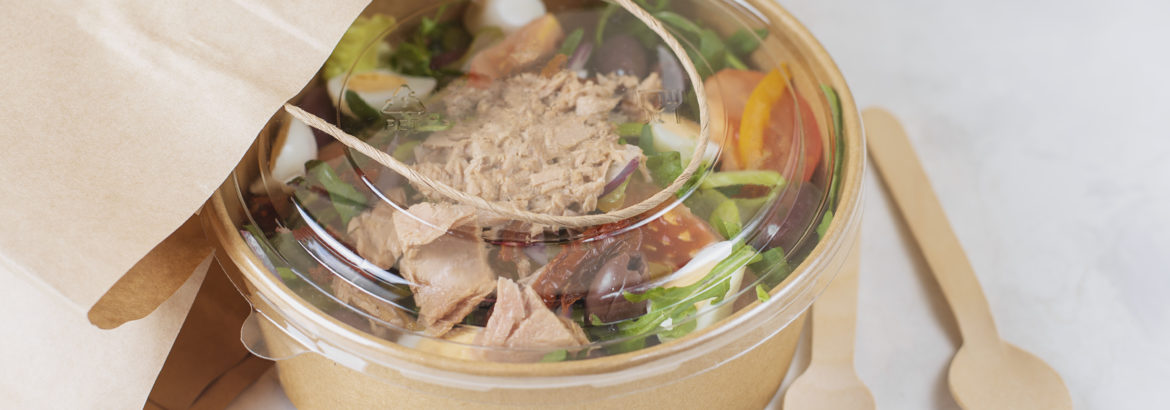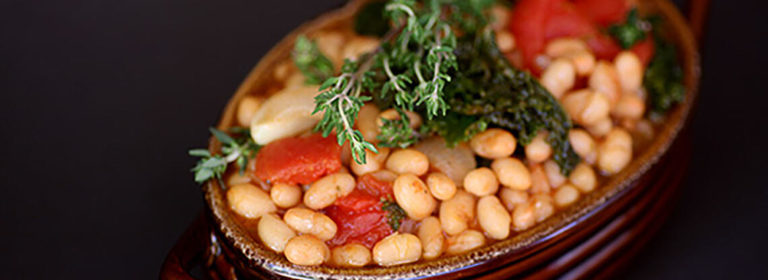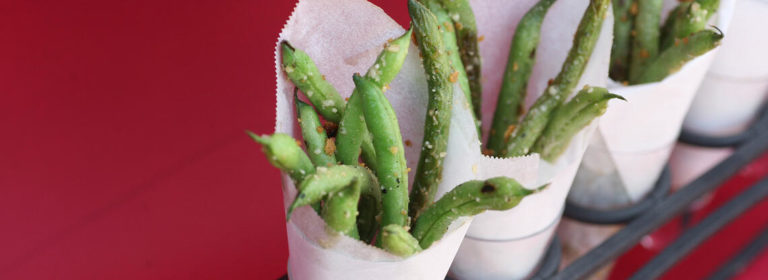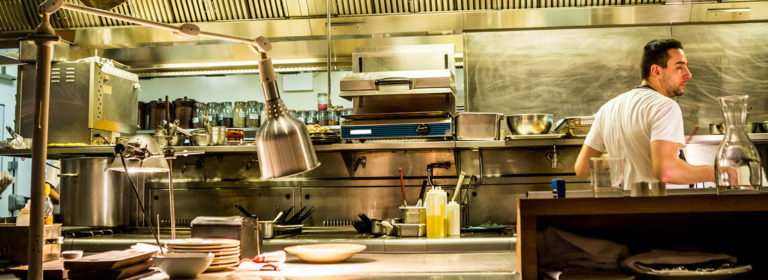How to-go business continues to pay off for three Markon customers.
A dedicated takeout program isn’t as easy as it looks. That’s what many restaurant operators discovered over the course of the past two years as they’ve strived to generate revenue when their dining rooms were suddenly forced to close for business, sometimes for months on end.
Those shutdowns motivated them to strategically look at the takeout business and consider operating it as a different entity than usual service. While some completely overhauled their menus to focus on foods that were easily transportable, others came up with inventive ways to offer guests the same fresh and seasonal ingredients they’d become accustomed to in their favorite dishes.
Pivoting to takeout business was supposed to be a temporary solution for most businesses, yet it’s proven to be steady, reliable revenue for many operations. Here’s how three of Markon’s loyal customers have fared since they’ve prioritized takeout programs – and how they continue to pay off.
Casey Gonzmart Jr., Columbia Restaurant Group
For Casey Gonzmart Jr., the fifth-generation member of his family to oversee the Tampa, Florida-based Columbia Restaurant (plus the almost dozen restaurants comprising Columbia Restaurant Group), takeout now comes in the form of a highly structured curbside dining program. But it wasn’t built overnight, he maintains, and his team is always looking at ways to improve it.
“We saw the to-go business as a grand opportunity, and we were determined to make it a focal point,” says Gonzmart Jr., who has added the program to at least 10 of his establishments. He continues, adding that the restaurants always offered takeout service, however, then it was a matter of packaging to-go food in whatever unused containers were available. Also, whomever was available would accommodate to-go customers.
Now, every detail is considered for guests ordering takeout. For example, the phone lines have been upgraded to accommodate the new takeout business. Also, a section of each restaurant is set up as a to-go area for a point-of-sales system, packaging, and answering phones. They also designated permanent parking spots for curbside customers so that guests may easily pick up their orders.
Still, as logistics were perfected, says Gonzmart Jr., they had a lot to learn about improving takeout packaging to ensure food kept its integrity. The entire menu at Columbia Restaurant is available for takeout, however, many of the dishes require special attention for to-go operations.
“We recommend how to reheat certain dishes at home,” he continues, “but we make no limits on what they can order.” Quite a few of the dishes – including salads, tapas, and entrees such as grilled New York strip with roasted red potatoes – contain fresh, seasonal ingredients, which can easily be compromised under intense conditions.
Therefore, they experimented with various containers to better transport hot and cold dishes. They also upgraded containers for the microwave and branded them with the company’s logo. They also take customer feedback very seriously and “have ways of handling issues when customers are dissatisfied with orders,” says Gonzmart Jr., adding that the program is such a success that a manual’s been created to use companywide.
“We have a whole training package on how to properly execute takeout that we use at all the restaurants,” he says.
Quinn Staple, Hotel Arts Group
While Gonzmart Jr.’s Columbia Restaurant Group features the menus in entirety for the takeout program, the restaurants at the Hotel Arts Group opted to offer limited takeout choices. And now that the Calgary, Alberta-based properties are fully operational, they’ve ceased takeout programs, save for special occasions.
“Takeout was new to our business because our food was not necessarily takeout friendly, so we had to actually omit some dishes,” explains Staple, who serves as Hotel Art Group’s executive chef. “We did our ‘greatest hits’ promotions, and then we would change to themes such as Swiss dinners and French dinners that were pretty popular.”
Staple adds that their holiday packages experienced such success rates, with competitive price points catering to smaller groups and individuals, that they’ve decided to continue them. They want to offer guests comforting food made with fresh ingredients that are hard to find or manipulate at home.
“What we do with produce is what sets us apart from a home cook,” he says. “At home, mashed potatoes are pretty basic, but here, we are offering premium vegetables cooked to their absolute peak doneness, flavored and seasoned really well, maybe manipulated in a way you won’t be able to do at home due to space, ingredients, equipment, or even variety. That’s what we try to do with our menus: have ingredients that aren’t readily accessible, so it’s intriguing for people.”
They’re also giving guests an interactive experience with their takeout dishes, he continues.
“We’ve focused on packaging that’s more functional than fussy so that all customers need to do is reheat them,” he explains. “Plus, with each order, we offer minute-by-minute instructions, so that they can reheat the dinners to perfection.”
Travis Peters, The Parish
During the thick of the restaurant shutdowns, says Peters, his takeout business was robust. He had luckily prepared for it by signing up with a third-party delivery service months ahead. Plus, he had recently sourced local packaging solutions because sustainability was a key component of his business model. Still, he admits, executing takeout service was like operating an entirely separate business.
“We reformatted our entire dining room in the thick of Covid – moved dining room tables so people could pick up their to-go packages and for the delivery drivers to get their orders,” recalls Peters, executive chef and partner of Tucson, Arizona-based The Parish. “Our staff’s jobs were completely different. It’s a lot to do with to-go food. We’d packaged things ourselves and you had to make sure that everything was labeled correctly, that the proper guest ticket was with it. It became a giant program. It was a lot of work.”
It was also quite profitable. During shutdowns, holiday profits for takeout increased considerably, particularly Mother’s Day and Father’s Day, with the latter up more than $4,000 in sales than pre-Covid. Though takeout now only rakes in about 20% of the business at The Parish, it’s still revenue Peters welcomes.
“We’ve been very supported by our city,” says Peters. “They’ve been amazing to us. The experience has taught us how to package and how to process fast and clean, safe and accurate.
“We’ve had to be very on point and certain that everyone gets what they want. I’ve taken that as an honor and a responsibility to make sure we package everything as absolutely perfect as we can. It’s become a big program and a very important one for us.”
About Markon
Markon Cooperative, Inc. brings a fresh approach and thinking to all of its premium farm-to-table produce so foodservice operators can bring the freshest ideas to their consumers. Based in Salinas, California, Markon serves as the produce purchasing, logistics, information, and marketing partner for its five member distributors (Ben E. Keith Foods, Gordon Food Service, Gordon Food Service Canada, Nicholas & Company, and Shamrock Foods) and their North American foodservice customers. Learn more about Markon’s commitment to providing the highest-quality, safest, and freshest produce at Markon.com.




